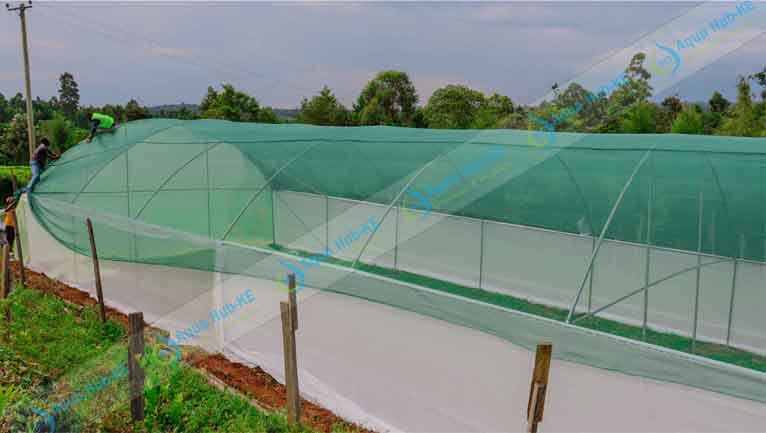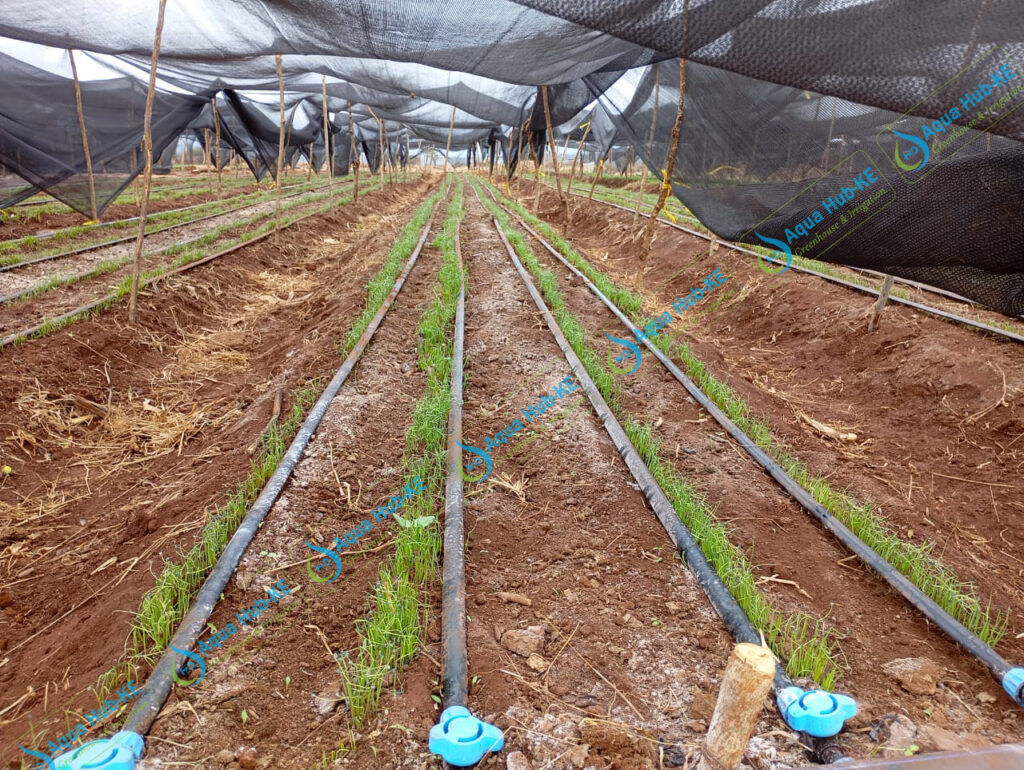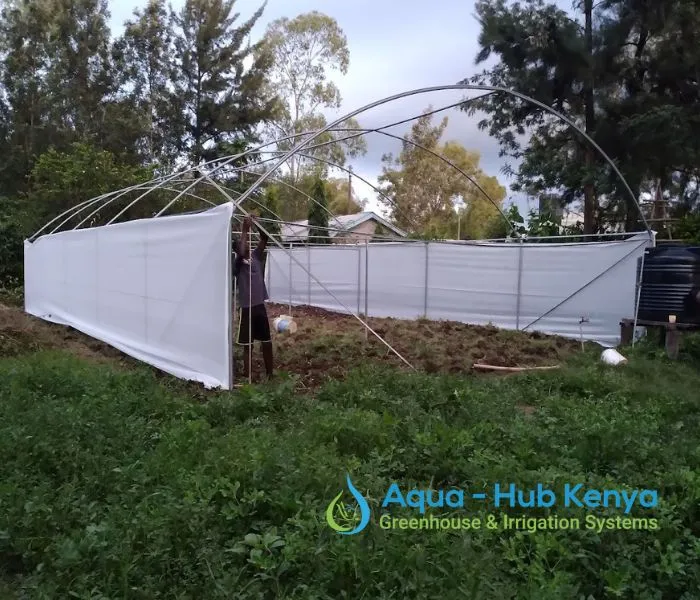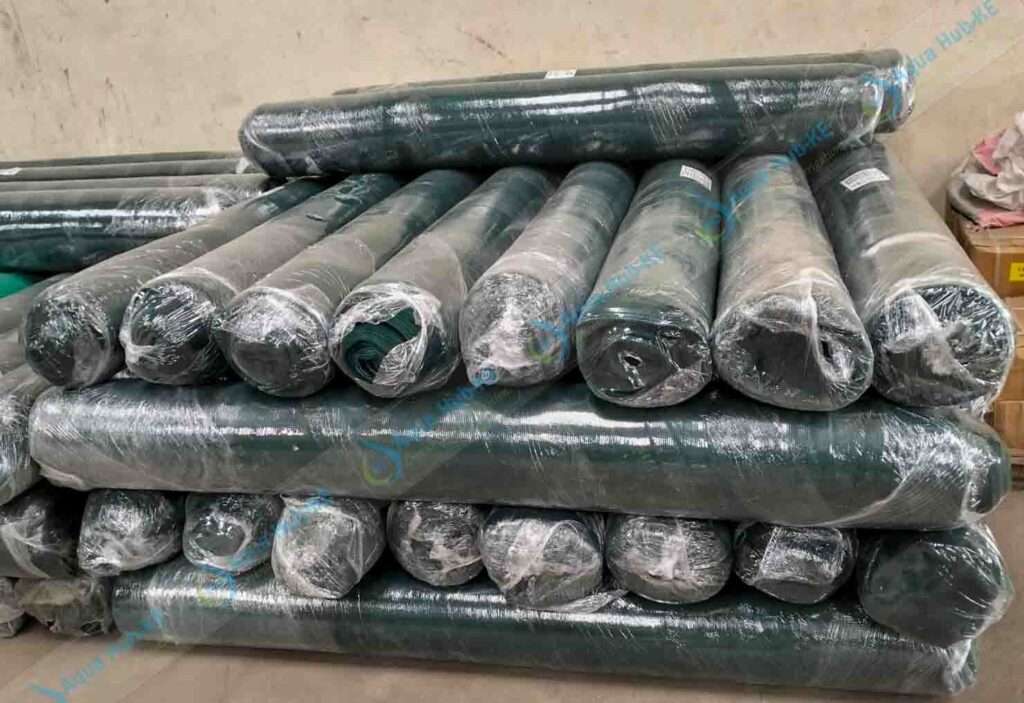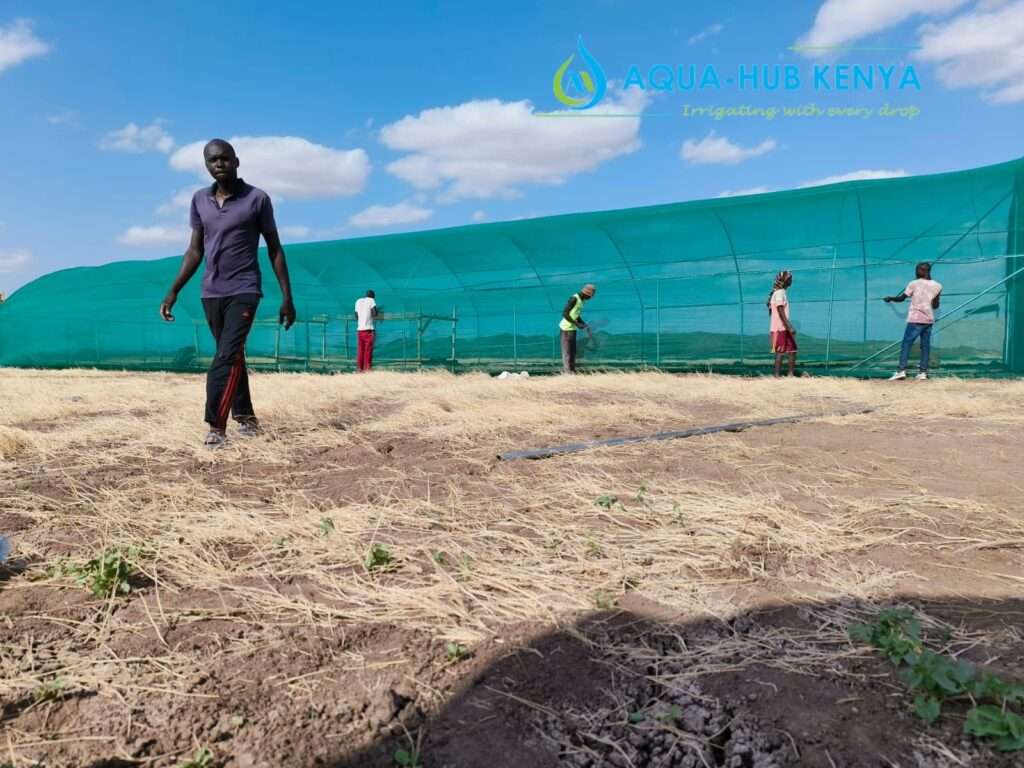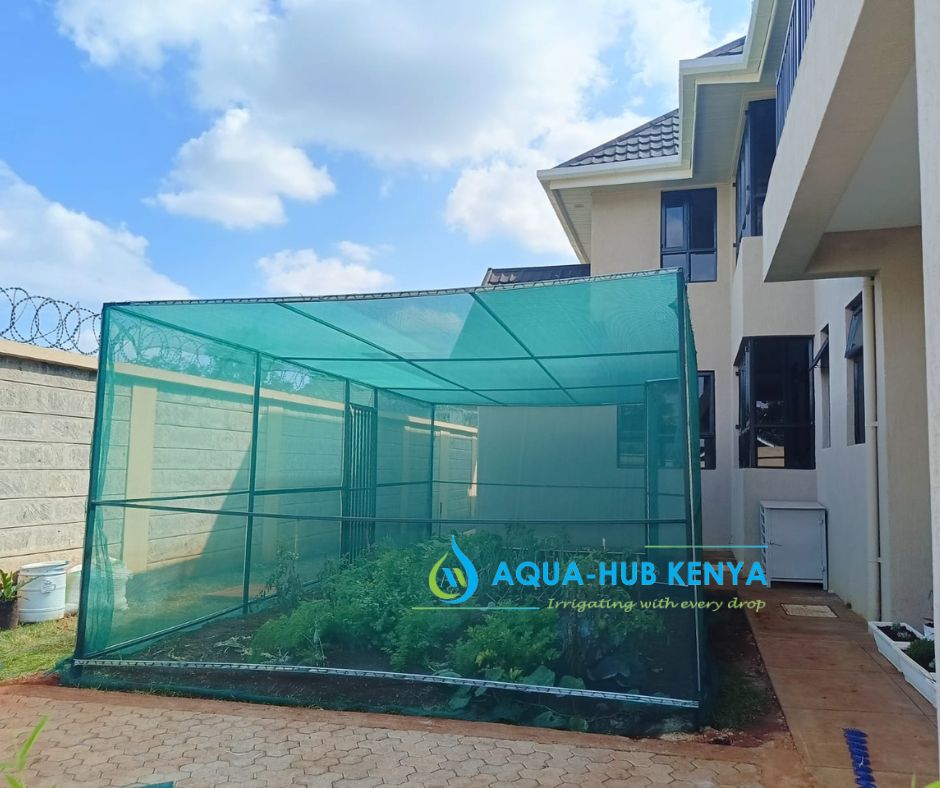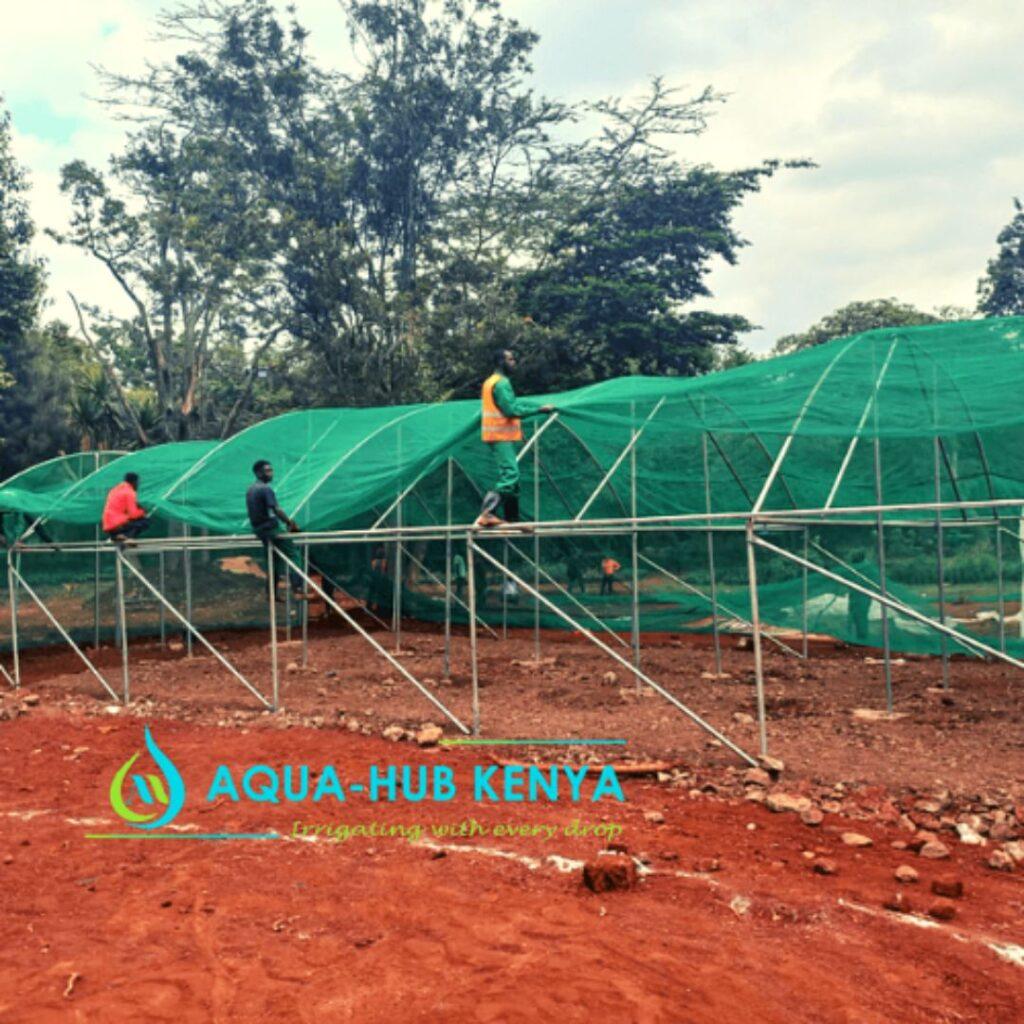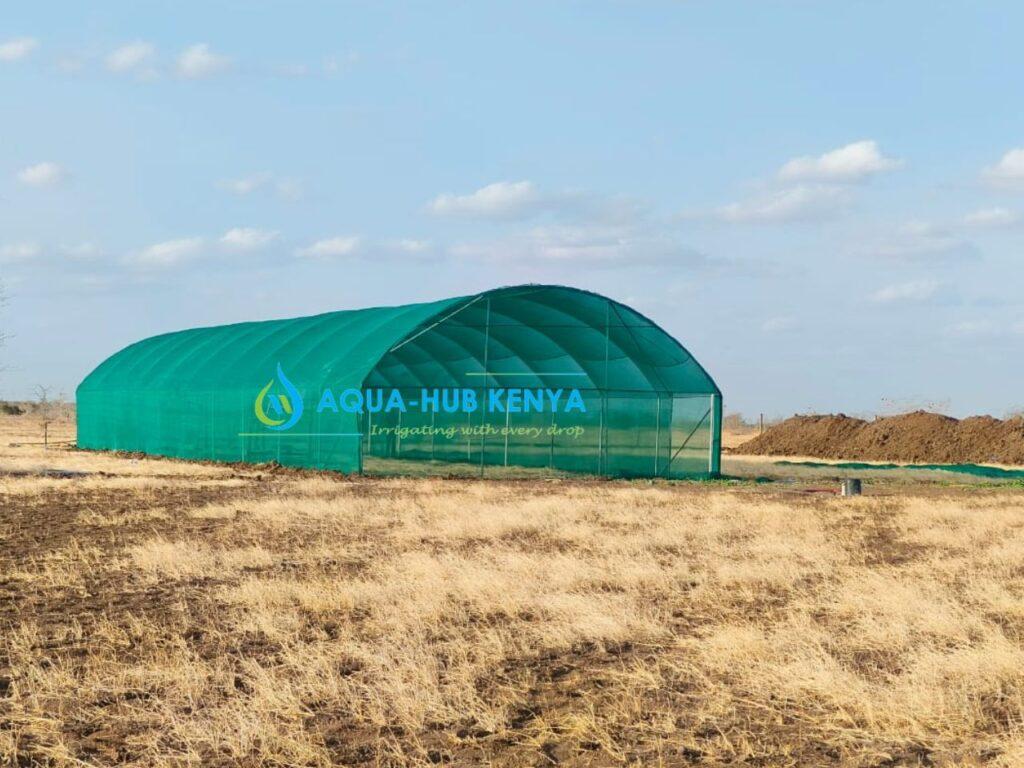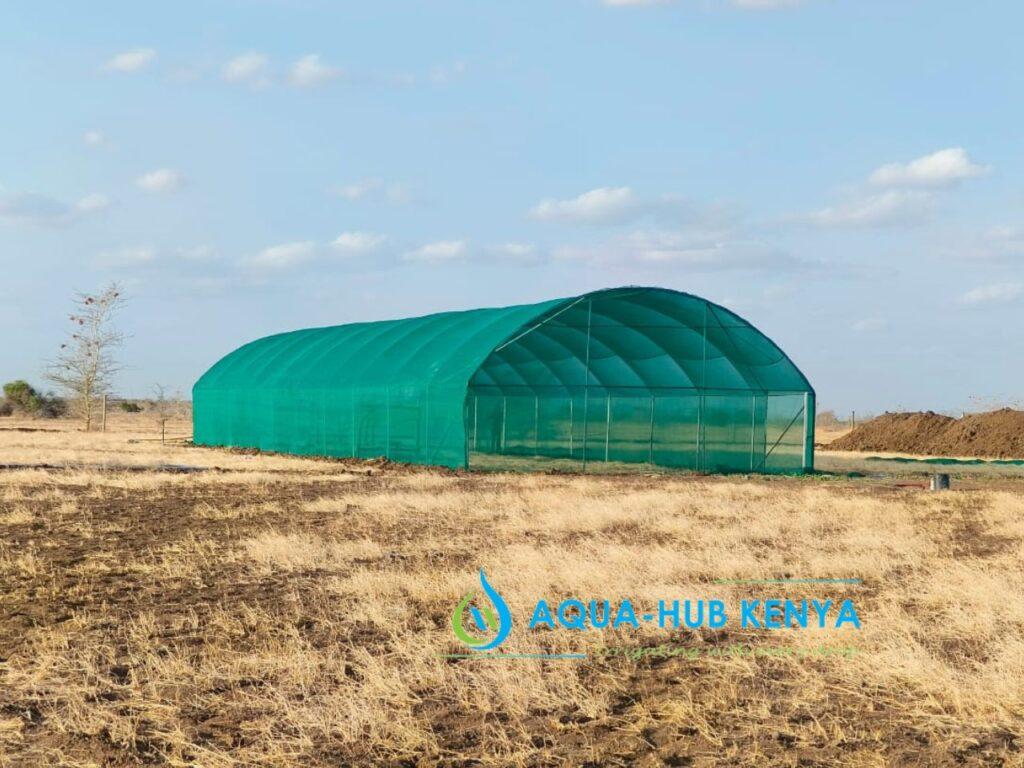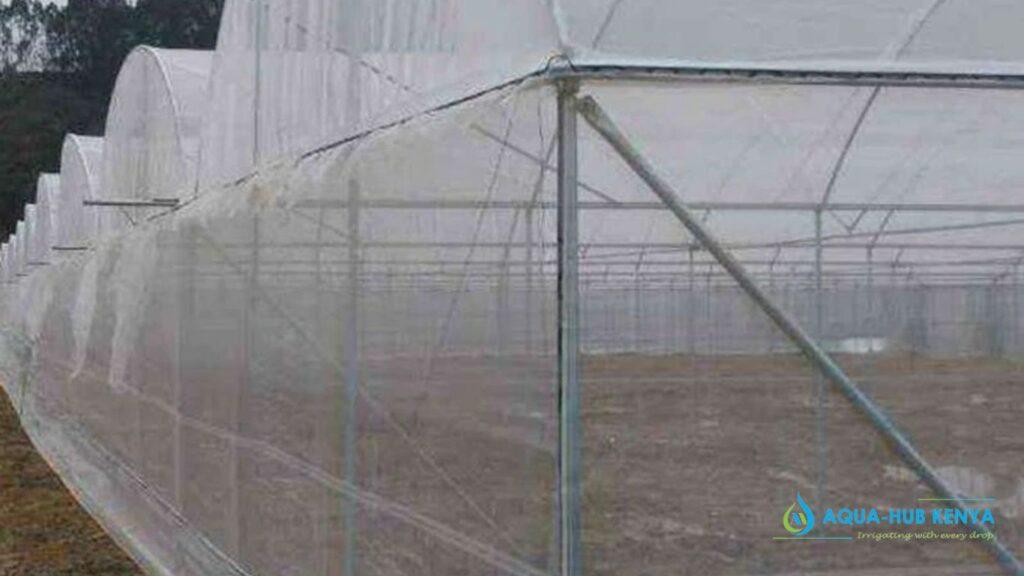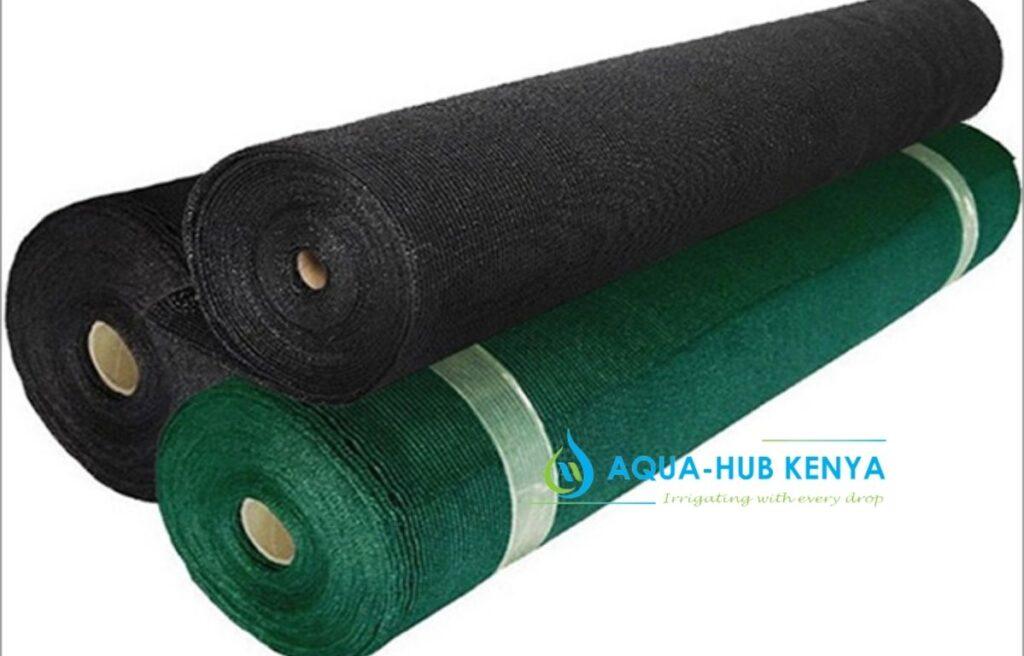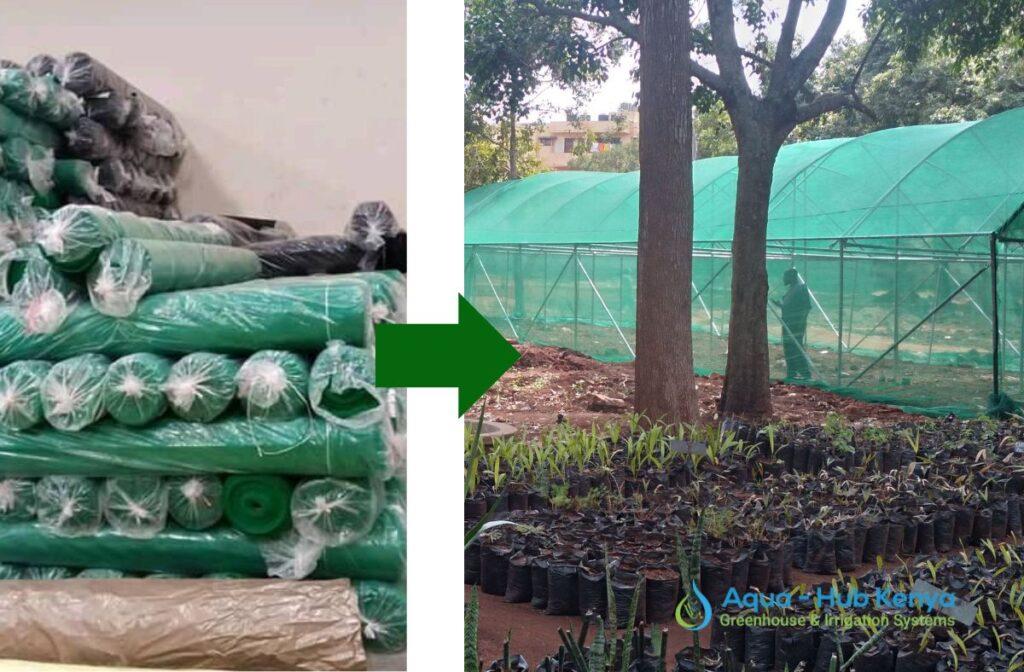Greenhouse Shade Netting Materials in Kenya
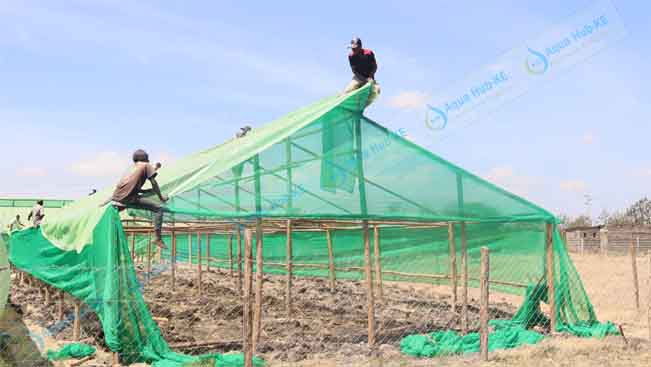
Greenhouse Shade Netting Materials are crucial for high heat reduction inside greenhouse environments. It is common in most hot areas to find high-value greenhouse crops grown under shaded greenhouse structures.
Shade net roll price
Aqua Hub Kenya offers the best Shade Net roll Prices in Kenya. Check Out our prices in the table below to identify the best option for you.
| Shade Net Type | Dimension (Square Meters) | Price (Kenyan Shillings) |
| 35 % | 4 x 50 m | 16,000 |
| 55 % | 4 x 50 m | 19,000 |
| 75 % | 4 x 50 m | 26,000 |
| 90 % | 4 x 50 m | 36,000 |
Greenhouse Shade Netting Price
Greenhouse Shade Netting materials cost different prices depending on the size and shade net percentage. The cost of greenhouse shade netting varies between KES 16,000 to KES 36,000 depending on the type.
Call: +254790719020
Shade Nets Near Me
In every place in Kenya, Aqua Hub is within reach in case of quality shade netting needs.
Call : +254790719020
Shade Nets in Kenya
In Kenya, shade nets are abundant at competitive prices in the market. There are wide range of options available to consider when looking for shade net materials.
Call : +254790719020
Waterproof Shade Net Kenya
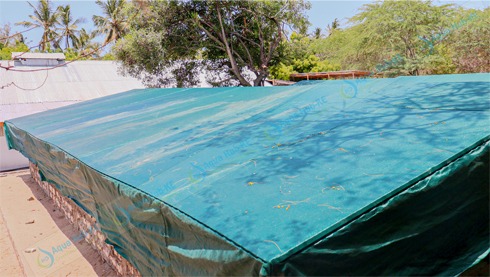
Waterproof Shade Nets are available for different uses including fishpond farming, car Sunscreen shields and shades in parks.
Call : +254790719020
Greenhouse Shade Netting Options
There are a number of options available for a type of greenhouse shade nets for selection when need arises. Depending on the needs of your crops in a greenhouse, you can decide to choose;
Black Shade Net
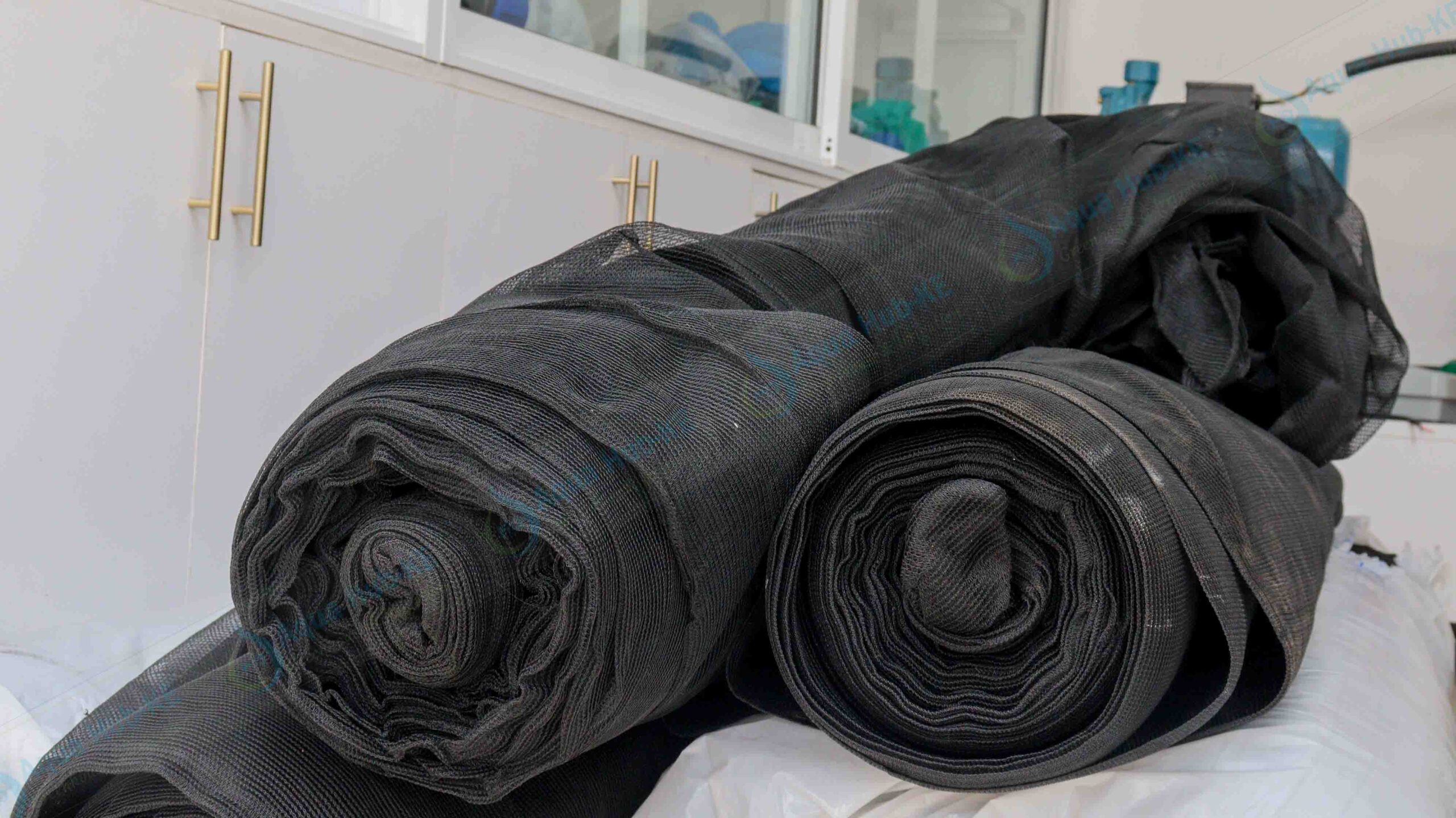
Black Shade Netting materials is a good material for areas with high intense sunlight exposure. The black material provides a cooler condition as it traps much heat from the sun. It is ideal for flowers and herbs.
Green Shade Net
It provides a balance in heat and sunlight reduction in most areas. This type of shade net is good for blending with most vegetables and seedlings.
White Shade Net
A white shade net is a reflective and more translucent material. It allows much light inside the growing environment thus suitable for plants that require less shade.
Why is Greenhouse Shade Netting Necessary?
Greenhouse Shade Netting is the use of shade nets to boost temperature regulation in greenhouse environments. The purpose of shade net in a greenhouse structure is to lower the rate of sunlight energy that the polythene permits.
As it is known, greenhouses offer an autonomous cultivation room for most plants but some herbs and vegetables may need lower temperatures.
In addition, greenhouses in hot areas can generate high heat which can be difficult to control thus the need for shade net covers.
Greenhouse Netting Material : Technical Data
- It is a product of Polythene materials with UV stable elements and other antioxidants.
- You get to choose from a list of types sold in different sunlight mesh levels; 35, 55 ,75 and 90 %.
- Every Shade net type is available in rolls measuring 4 x 50 M.
- Prepackaged in rolls and Sealed in a strong polyethylene material.
- Green, black and grey colors available.
Where to Buy Nets in Kenya
Aqua Hub Kenya is among the top places to buy Shade nets in Kenya. Deliveries also available for orders. We handle installation projects for our clients and other shade netting needs.
Call: +254790719020
Greenhouse Shade Netting Uses in Crop Farming
The uses of shade netting materials for crop production in greenhouse environment depends on the type of shade net.
Shade Nets are available in different mesh density levels from 30 to 100 percent. These levels are defined according to the rate at which they trap and reduce sunlight passing through.
Shade Net type |
Role |
Application |
|
35 % Shade Net |
Reduces 65 % of Sunlight |
A shade net material that is recommended for plants that require a higher sunlight exposure. Includes variety of vegetables such as Kales, Spinach and Lettuce |
|
55 % Shade Net |
Reduces 45 % of sunlight |
A shade netting for crops that need a balance in sunlight ratio and shade ratio. This type of mesh material is common for tree seedlings, vegetables such as tomato, capsicum and strawberry fruits |
|
75 % Shade Net |
Reduces 25 % sunlight |
Best for flowers such as roses, pyrethrum, and sunflower |
|
90 % Shade Net |
Reduces 10 % Sunlight |
For shade loving flowers and herbs. Examples are ferns, lilies and bougainvillea. |
Types of Shade Netting Materials
Knitted Shade Nettings : Shade Cloths or sunscreens that are entirely designed from HDPE fabrics.
The knitted polyethylene threads form a surface that filters the sunlight rays.
Woven Shade Nettings : Come in a woven thread mesh pattern made of strong Plastic materials.
Woven shade nets are suitable for highly sensitive crops or applications that require complete sunlight shield.
How to Install a Shade Netting Material
Installation of a shade netting onto a greenhouse or shade house is simple and does not require any technical skills.
We fasten our shade nets to a greenhouse structure using channel lock and wires in a similar way to greenhouse cover installation. Using a wire securely attaches the net tightly over the structure.
What Materials do I Need to Install a Shade Net?
- Steel Poles
- Channel Lock Profiles
- Shade Nets
- Wooden Poles
- Nails or tapping screws
- Sand, Cement and Ballast
How to Start Shade Netting
Shade netting material installation is done on a permanent structure made of wooden or metallic steel poles.
Both structures have proven effective and durable as they can provide good propagation conditions for more than 5 years.
Wooden Net House Vs Metallic Shade House : Which is More Durable?
Metallic house is more durable than wooden one, as it does not weaken due to the non-corrosive and strong nature of Steel poles.
What are the Benefits of Greenhouse Shade Netting Materials?
Lowering Hot Conditions: Shade nets reduces the heat that reach the crop surface and enhance a favorable condition.
Pest and Disease Regulation: It can shield out some insects such as locusts and beetles.
Protects the Crops from destructive rain: shields crops from hailstones, frost and high humid conditions.

